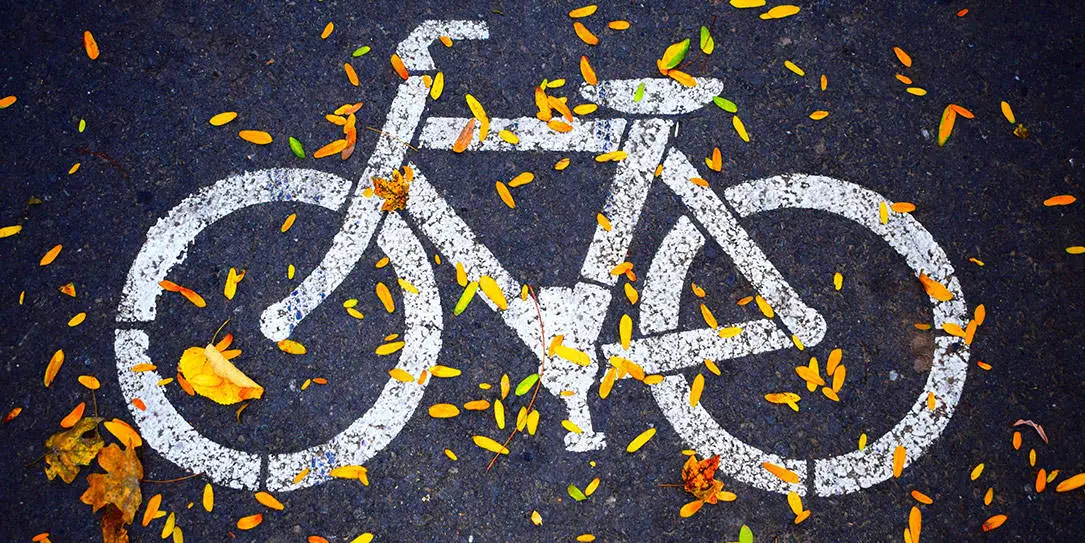E-Bike Classifications Explained: Understanding The Effects Of Each Group
E-Bike Classifications Explained: Understanding The Effects Of Each Group
Blog Article
Produced By-Mouritsen Slater
If you're considering buying an e-bike, recognizing the different classes is key in making a notified decision. You could be amazed at exactly how each course uses one-of-a-kind attributes that satisfy numerous riding preferences and lawful needs. From pedal-assist options to throttle-controlled models, each class has its advantages. So, prior to you decide on the best e-bike for your needs, it's crucial to grasp the differences between Class 1, Class 2, and Course 3 e-bikes.
Class 1 E-Bikes
Class 1 E-Bikes are specified as pedal-assist electrical bikes that supply support only when you pedal, discontinuing to do so once you get to 20 mph. These bikes are best for those seeking a little additional boost while still intending to obtain some exercise. Course 1 E-Bikes offer a smooth shift in between pedaling and electric aid, aiding you conquer hillsides and fars away effortlessly. The electric motor starts as quickly as you start pedaling, offering a natural and easy adventure experience.
Among the key benefits of Class 1 E-Bikes is that they're permitted on many bike paths and tracks where typical bikes are permitted. This suggests you can explore brand-new courses and take pleasure in the great outdoors without any constraints.
In addition, these bikes are eco-friendly and supply a sustainable setting of transportation, reducing your carbon impact while still obtaining you to your destination efficiently.
Class 2 E-Bikes
Carrying on from the pedal-assist characteristics of Course 1 E-Bikes, Class 2 E-Bikes introduce a brand-new aspect right into the electrical bicycle realm. These e-bikes feature a spin throttle function, enabling you to ride without pedaling at all. With this addition, you have the option to merely engage the throttle and let the motor do the job, propelling you forward easily.
Class 2 E-Bikes are ideal for motorcyclists that may need a break from pedaling or need help when beginning with a total stop. motorcycle sign makes them specifically appealing for individuals with minimal flexibility or those that desire a more leisurely riding experience.
However, it is essential to keep in mind that Course 2 E-Bikes are still regulated by a speed limit of 20 miles per hour, making sure safety and conformity with regulations.
Course 3 E-Bikes
For bikers looking for an extra vibrant electric cycling experience, Course 3 E-Bikes deal enhanced rate and efficiency compared to their Class 1 and Class 2 counterparts. Course 3 E-Bikes are referred to as "speed pedelecs" and can get to speeds of as much as 28 mph, giving a thrilling trip for those looking for an extra boost. These bikes come geared up with a pedal-assist system that kicks in when you begin pedaling, making it much easier to preserve greater rates with less effort.
One vital function of Course 3 E-Bikes is that they aren't limited to bike lanes only; they can also be made use of on roads where the rate restriction is 30 miles per hour or reduced. This adaptability permits cyclists to browse through website traffic more efficiently while still enjoying the advantages of electric aid.
Nevertheless, it's essential to remember that some areas may have particular regulations concerning the use of Course 3 E-Bikes, so always inspect regional laws prior to hitting the road.
https://www.cityofboise.org/departments/parks-and-recreation/parks/boise-greenbelt/boise-river-greenbelt-tips-and-user-courtesies/ , now that you recognize the distinctions between Course 1, 2, and 3 E-Bikes, you can make an educated choice on which kind best matches your demands. Whether you favor pedal-assist, throttle attribute, or higher speeds, there is an E-Bike class around for you. Bear in mind to consider your local guidelines and personal choices before making your choice. Delighted riding!
